March 3, 2020 - Each year, World Wildlife Day is celebrated on March 3rd. The date was chosen to commemorate the signing of the Convention on International Trade in Endangered Species of Wild Fauna and Flora. Better known as CITES, this treaty works with more than 180 nations to regulate international trade in certain plant and animal species and their products to ensure that trade is not detrimental to the wild populations. The U.S. Fish and Wildlife Service leads the implementation of CITES in the United States.
While many people use the opportunity to rightly celebrate the awesomeness of animals like elephants, jaguars, whales, and parrots, this year we want to give plants their due on World Wildlife Day! In fact, you probably did not realize that 33,337 species of plants that are native to the United States are protected by CITES. As we celebrate these unique plants, please know that most are protected and should not be collected unless authorized. Here are some cool examples:
Orchids
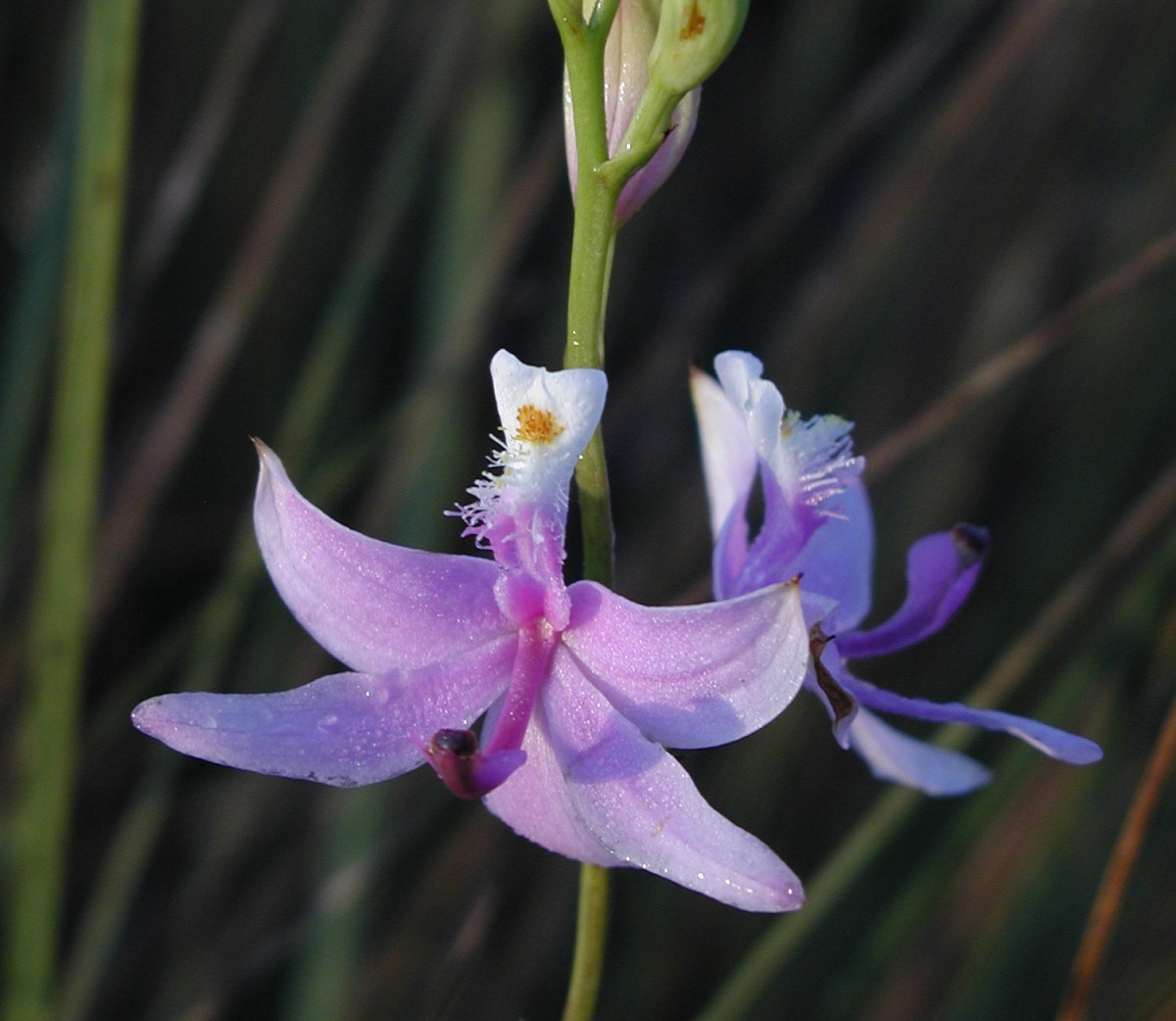 Grass pink orchid found at Everglades National Park in Florida. Photo by the National Park Service.
Grass pink orchid found at Everglades National Park in Florida. Photo by the National Park Service.
More than 400 orchid species are native to the United States and its territories. These fascinating plants occupy specialized habitats and have special relationships with pollinators and soil fungi. Their beautiful flower shapes and colors serve the biological purpose of attracting specific pollinators to facilitate plant reproduction. Orchids are popular as houseplants. Extracts taken from orchid plants are used in health and personal care products, as well as foods, such as vanilla. For these reasons and more, wild orchid populations can be threatened by trade and are therefore protected under CITES.
The Venus Flytrap
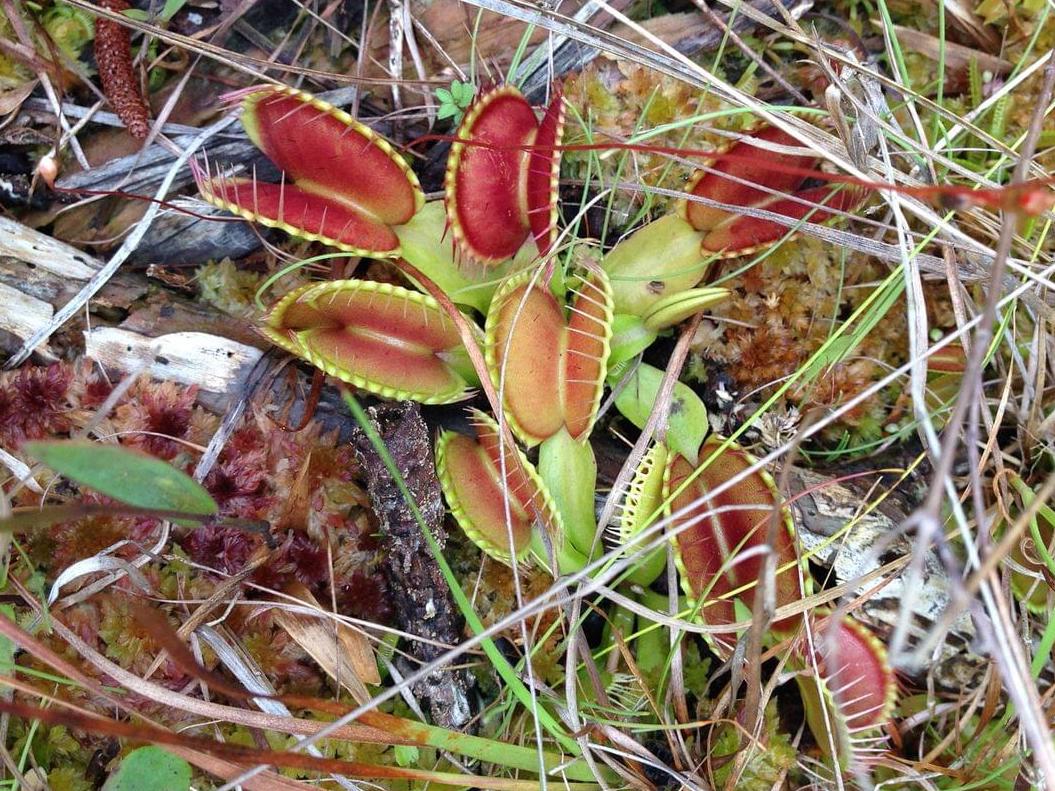 Venus flytrap growing in South Carolina. Photo by the U.S. Fish and Wildlife Service.
Venus flytrap growing in South Carolina. Photo by the U.S. Fish and Wildlife Service.
Ah, who does not love the Venus flytrap? As a predatory plant, it’s easy to understand why collectors have valued them for propagation. They can make fun novelty gifts, even though they are notoriously hard to care for and keep alive. They are native to the United States, and only grow in the wild in several locations, mostly confined to the Carolinas, making it necessary to monitor how commercial trade impacts their wild populations through CITES.
Pitcher Plants
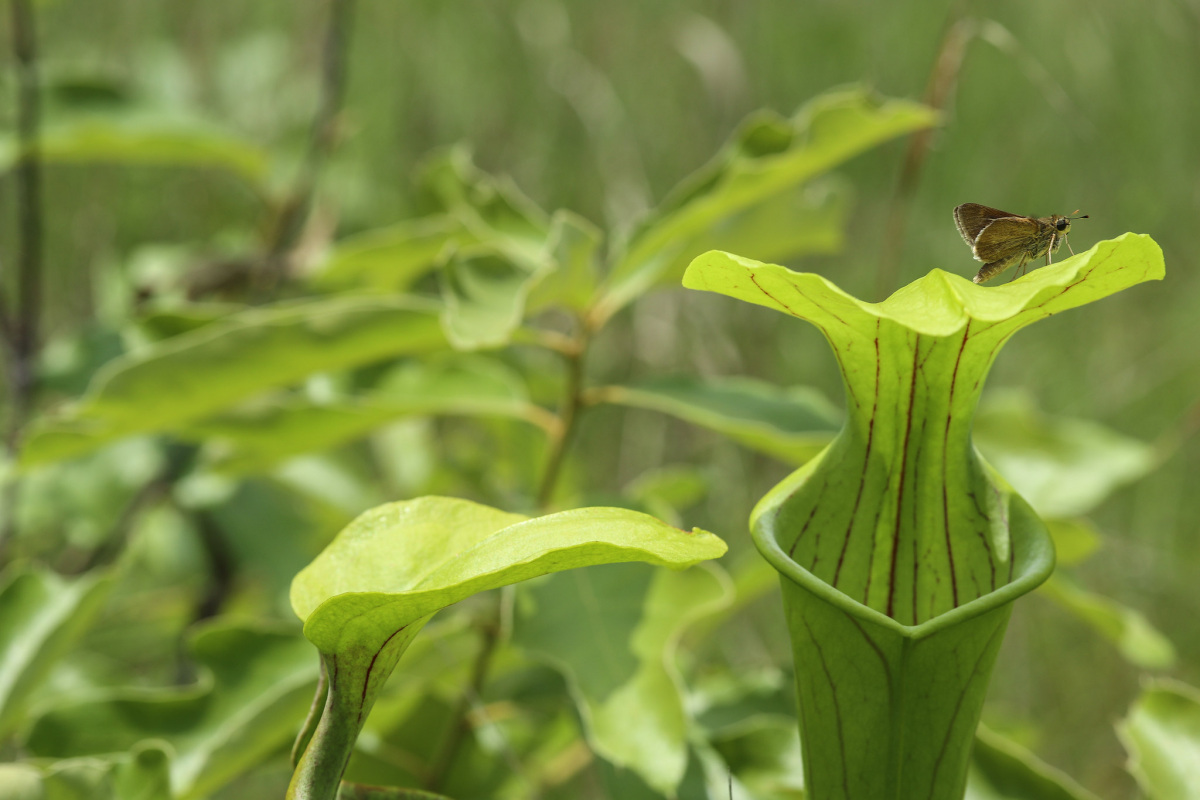 A skipper butterfly resting on a rare green pitcher plant. Photo by Gary Peeples, U.S. Fish and Wildlife Service.
A skipper butterfly resting on a rare green pitcher plant. Photo by Gary Peeples, U.S. Fish and Wildlife Service.
Just as the Venus flytrap has obvious appeal as an insect deathtrap, pitcher plants likewise kill in their own unique fashion: when their prey falls inside, they get trapped and are digested by enzymes in pools of liquid residing inside the plants’ tubes. Plants are fun, right? Some pitcher plants are rare in the wild, but other species are propagated and commercially traded. A variety of species are found in the United States and are protected by CITES. Find out more about the fascinating green pitcher plant.
Cacti
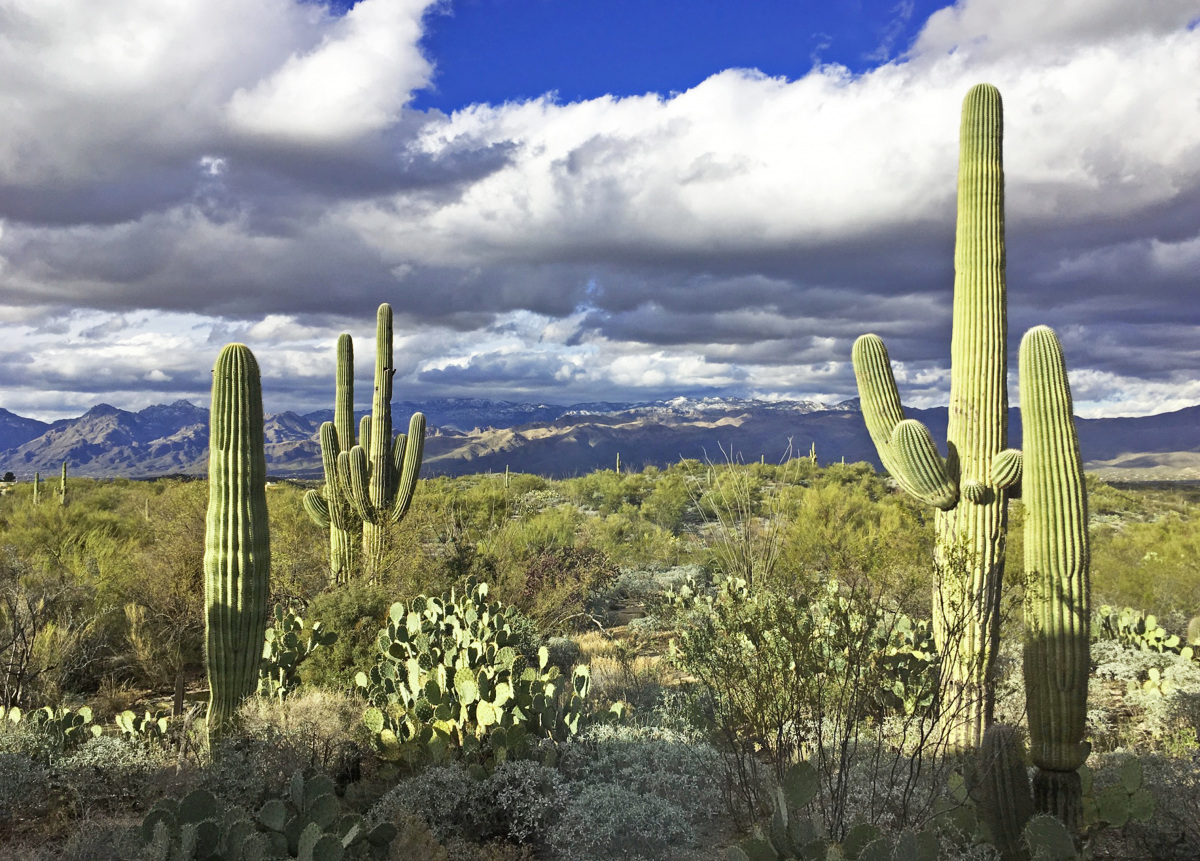 A number of cacti species with a view of the Catalina Mountains. Photo by L. Nichols, National Park Service.
A number of cacti species with a view of the Catalina Mountains. Photo by L. Nichols, National Park Service.
The saguaro cactus is found only in the Sonoran Desert. The state flower of Arizona, it can take up to 75 years for this tree-like cactus to bloom, and nearly 200 years to reach its full height of 45 feet. These denizens of the desert provide important nesting sites and food for an array of desert animals, including birds, mice, and jackrabbits. During the late spring, when their white flowers finally bloom, it is just for one evening and they attract pollinators such as the lesser long-nosed bat. This and all members of the cactus family have been protected by CITES since 1975 because of their value to the ornamental plant trade. Ensuring the future of the southwestern desert will depend on appreciating and protecting these magnificent plants and the animals that rely on them. //medium.com/@USFWS/catching-cactus-crooks-d7ecf7a6d358" onclick="" data-hasqtip="12" style="box-sizing: border-box; background: transparent; color: rgb(84, 84, 84); text-decoration: underline;">Catching cactus crooks will ensure the future of these important plants.
Tree Ferns
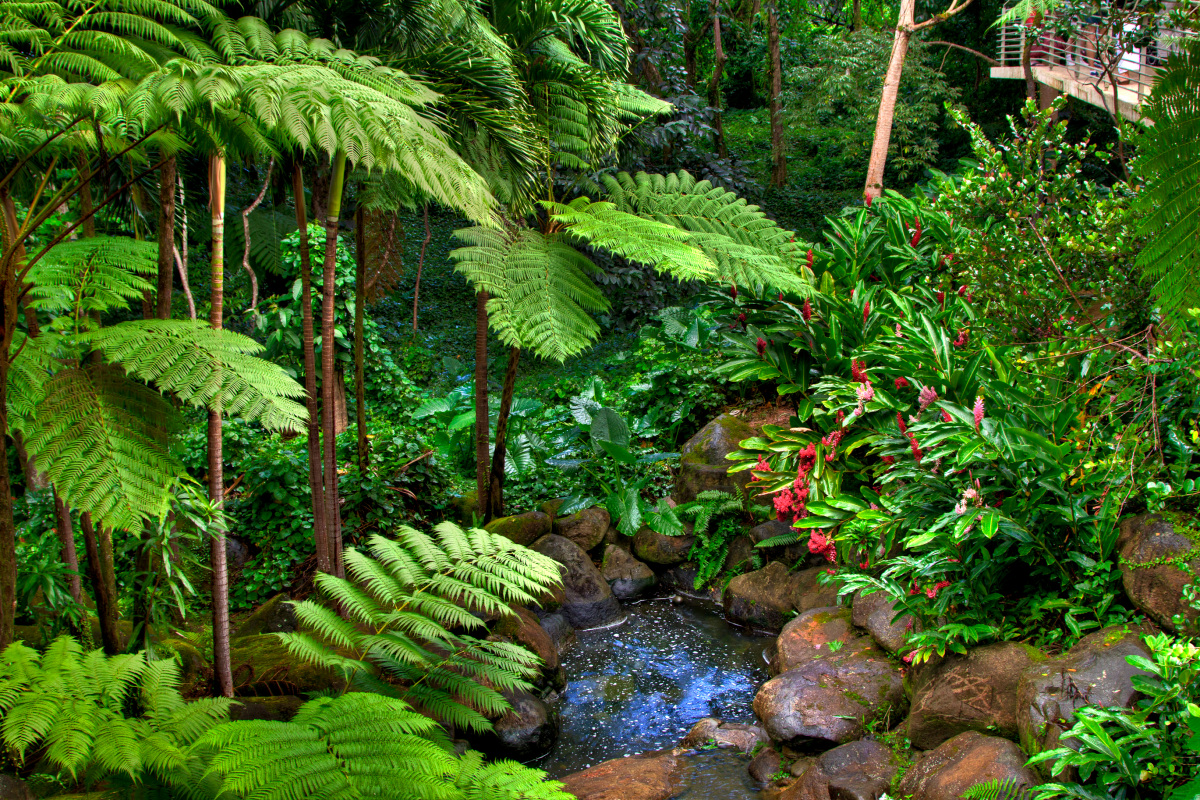 Tree ferns near the El Yunque National Forest Visitor Center, Puerto Rico. Photo by Iliyan Gochev, CC BY-NC-ND 2.0.
Tree ferns near the El Yunque National Forest Visitor Center, Puerto Rico. Photo by Iliyan Gochev, CC BY-NC-ND 2.0.
One of the oldest groups of plants on Earth, these primitive species were among the earliest life on land and formed the Earth’s first forests. In the United States, tree ferns are native to Puerto Rico, including forest Alsophila, which is listed as Endangered in Puerto Rico and under U.S. Endangered Species. Tree ferns can also be found in Hawaii, but there they are not a native species and are actually invasive. Usually, tree ferns are around 15 feet tall at maturity but can grow taller. All tree ferns native to the Americas are protected by CITES. Tree fern products in trade include carvings, containers, and poles, as well as the substrate used in orchid propagation, shredded fiber for horticultural growth media, and leaves for floral displays and live plants for planting.
Saw-Toothed Lewisia
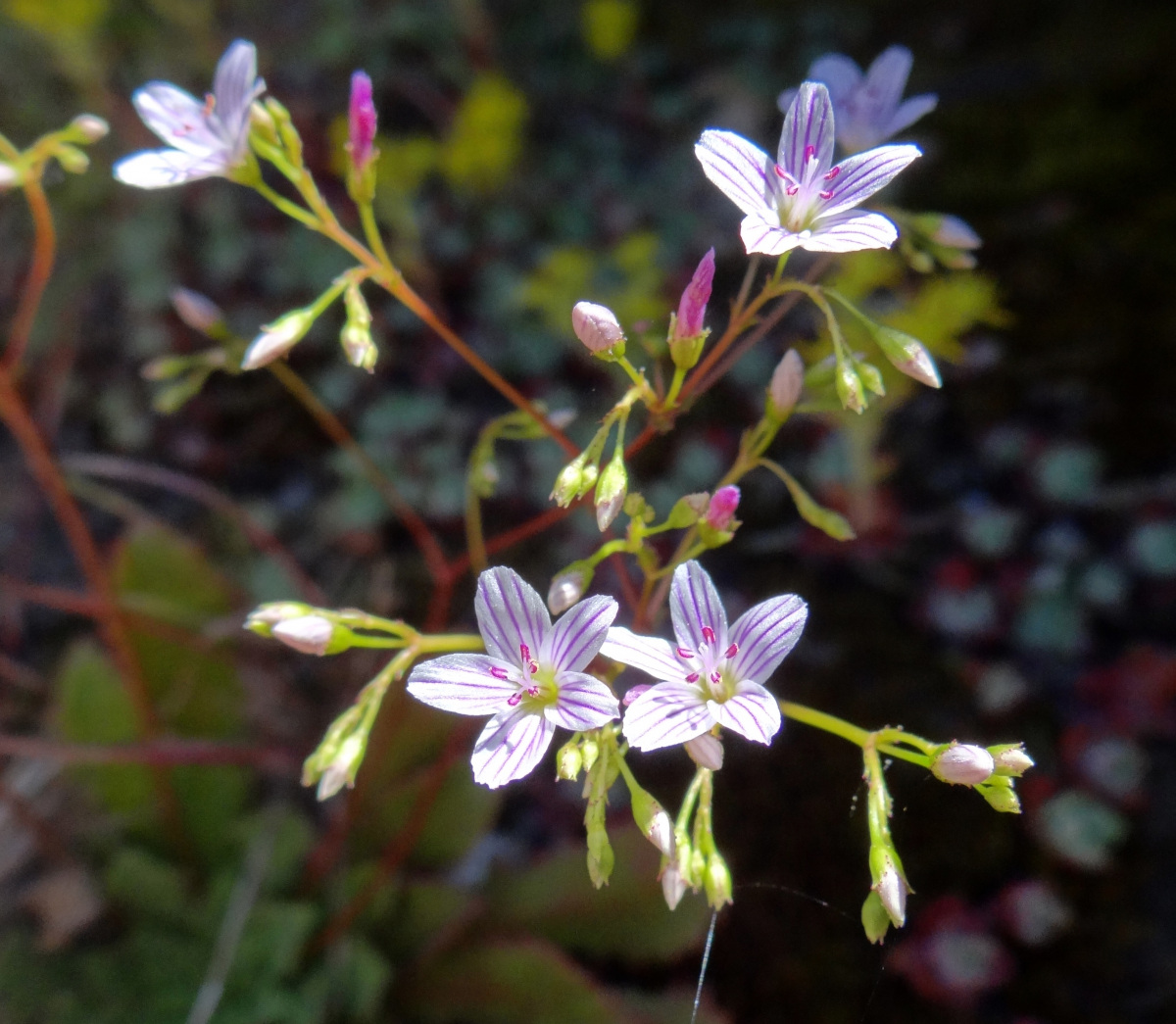 Saw-Toothed Lewisia (Lewisia serrata) is found only in California. Photo by Belinda Lo, CC BY-NC-SA 2.0.
Saw-Toothed Lewisia (Lewisia serrata) is found only in California. Photo by Belinda Lo, CC BY-NC-SA 2.0.
Saw-toothed lewisia is a rare species found only in a few counties in California. An evergreen perennial that grows in the steep-sloped, mossy outcroppings of two river watersheds, these plants provide soil stability in rugged terrain. This plant begins its life as a small ring of leaves (called a basal rosette) and takes 2-3 years to flower and set seed. This species has not been successfully cultivated in nurseries and is protected by CITES because of the potential threat of poaching for use in rock gardens. Fortunately, horticulturalists have had better luck growing cultivated varieties of related species, so you can enjoy the simple but beautiful flowers in a gorgeous array of vibrant colors by buying nursery-grown plants.
American Ginseng
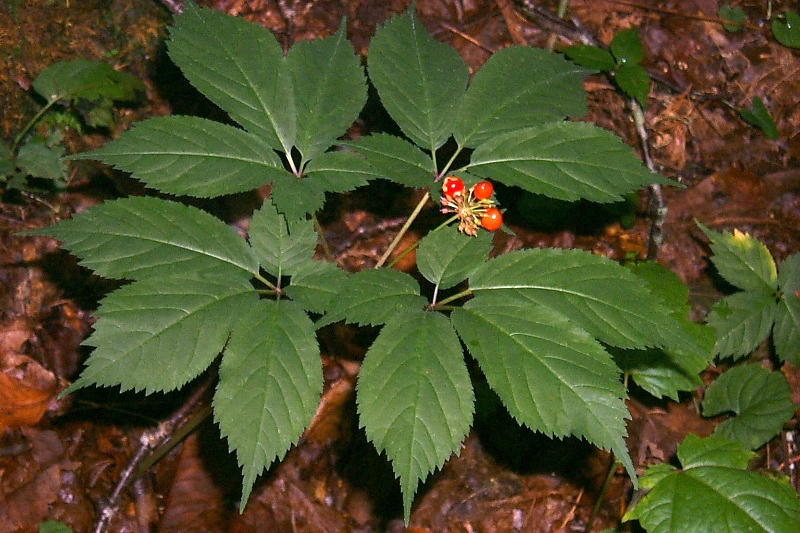 American Ginseng fruiting. Photo by the U.S. Forest Service.
American Ginseng fruiting. Photo by the U.S. Forest Service.
In the United States, the harvest of wild American ginseng for international trade began in the mid-1700s. It has long been used for medicine, originally harvested by many different Native American tribes and used in Asian medicinal products. Today, the harvest continues to have strong economic and cultural importance to many communities in the United States and to American Indian tribes. It is found in forests from the Midwest to Maine, primarily in the Appalachian and Ozark regions, and also in eastern Canada. It is also grown on ginseng farms. Ginseng root is exported in larger volumes than any other native CITES plant species. The majority of American ginseng harvested is exported to China.
Goldenseal
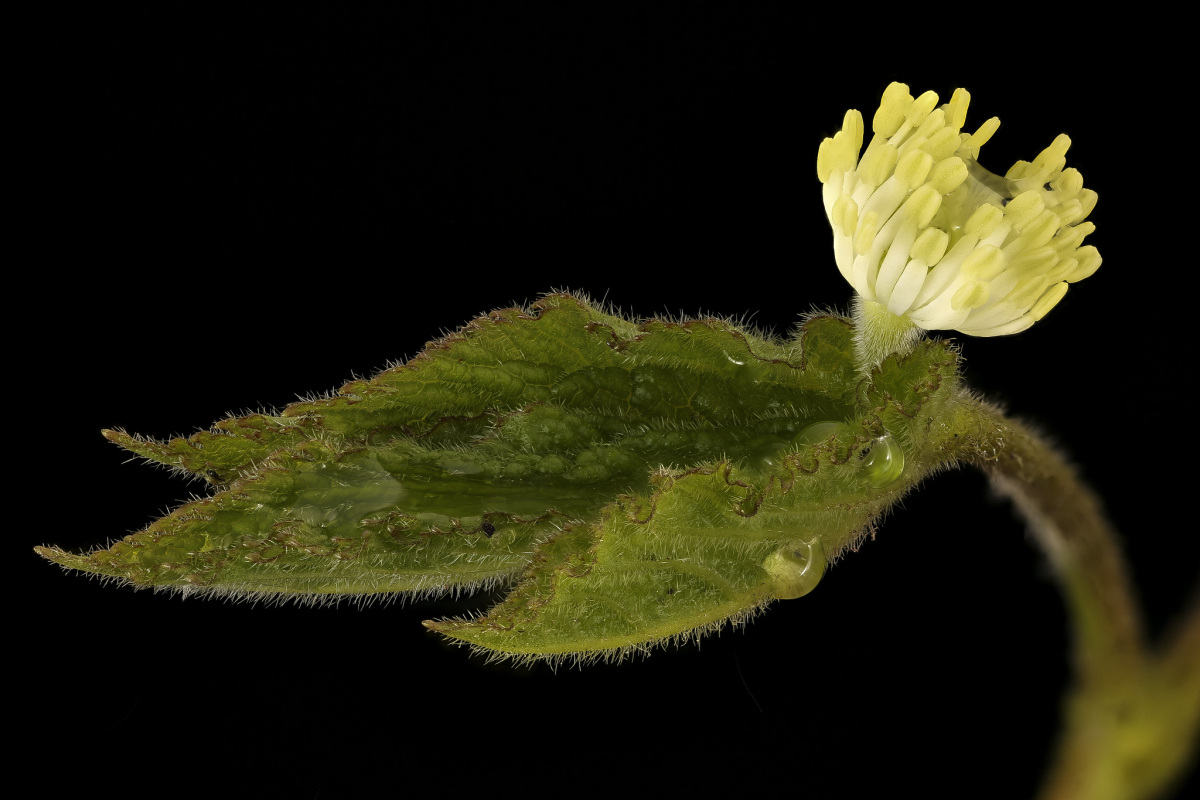 Close-up of a Goldenseal flower. Photo by Helen Lowe Metzman, US Geological Survey's Bee Lab.
Close-up of a Goldenseal flower. Photo by Helen Lowe Metzman, US Geological Survey's Bee Lab.
Goldenseal is native to the understories of the Appalachian and Ozark woodlands of 26 Eastern United States and one province in Canada. In the 17th century, early American settlers learned from the resident Cherokee, Iroquois, and Micmac how to use this plant as medicine, especially for digestive and skin ailments, and the plant continues to be a top-selling herb today. But its life-history traits also make goldenseal susceptible to overharvesting. Goldenseal can reproduce from seeds, but it grows mainly by sending out above-ground offshoots (known as ramets) and underground stems (called rhizomes). Because of this clonal, clumping growth pattern, occurrences are often referred to as “patches” instead of populations. Despite its wide distribution, patches are localized, sparse and isolated. They take several years to reach maturity and produce only a few seeds that need 1-2 winters to germinate. Few seedlings survive. For these reasons, the species has been regulated in CITES Appendix II since 1997 to ensure that wild collection does not threaten the survival of the species in the wild.
While these are just some of the plants protected by CITES in the United States, we hope that this gives you a new appreciation for why you should appreciate these kinds of amazing species on World Wildlife Day.
Source: DOI








